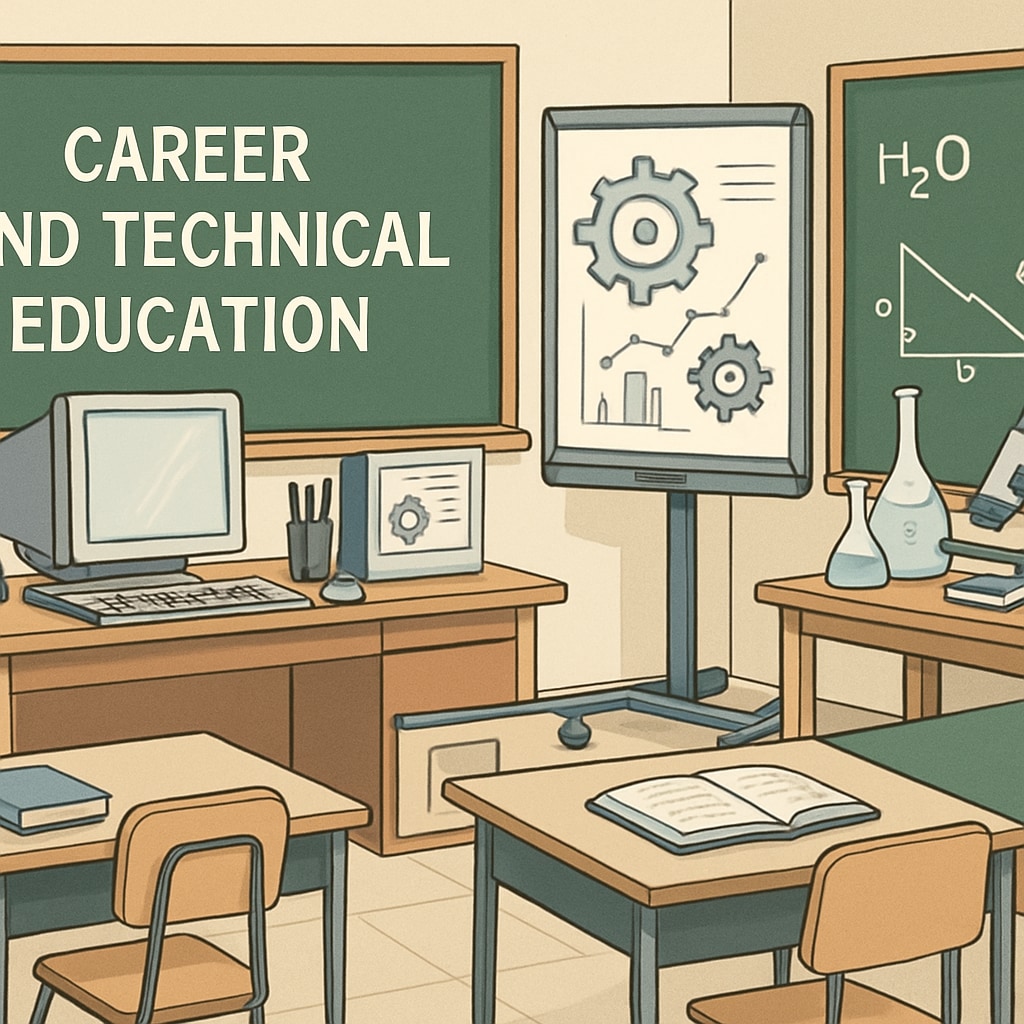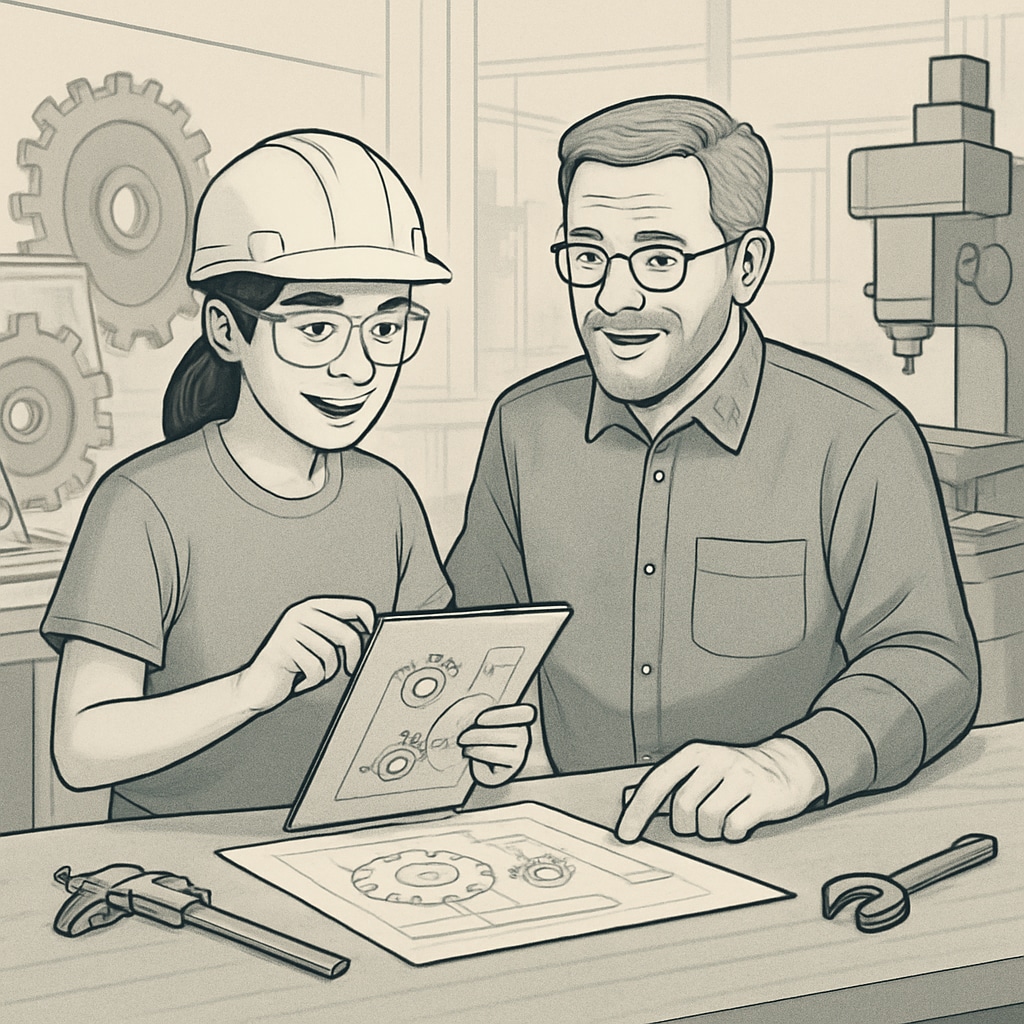In today’s rapidly evolving educational landscape, finding the right balance between Career and Technical Education (CTE), traditional subjects, and district-level structures is a pressing challenge. While traditional subjects like mathematics, science, and history build foundational skills, CTE programs equip students with practical knowledge and technical expertise crucial for the workforce. Achieving a harmonious integration of these two educational paradigms is key to preparing students for both academic and professional success.

The Importance of Balancing CTE and Traditional Subjects
Career and Technical Education offers students hands-on experience in fields such as healthcare, engineering, information technology, and culinary arts. These programs often bridge the gap between education and employment, making high school graduates more workforce-ready. However, traditional subjects remain indispensable, as they cultivate critical thinking, communication skills, and a well-rounded intellectual foundation. Without proper balance, students risk being either inadequately prepared for the job market or lacking the broader competencies required for lifelong learning.
One clear advantage of integrating CTE with traditional subjects is the ability to contextualize academic learning. For example, a physics lesson can be enhanced through a CTE program in robotics, where students apply theoretical knowledge to build functioning prototypes. This approach not only reinforces classroom concepts but also demonstrates their relevance in real-world scenarios.
District-Level Approaches to Structuring CTE Programs
School districts play a pivotal role in shaping the balance between CTE and traditional subjects. Different districts adopt varied organizational models based on their resources, priorities, and community needs. Three common approaches include:
- Comprehensive High Schools: These schools offer both traditional subjects and CTE programs under one roof, allowing students to choose courses that match their interests and career goals.
- Dedicated Vocational Schools: Separate institutions focusing exclusively on technical education, with students splitting their time between vocational and traditional high schools.
- Partnership Models: Collaboration between school districts and local industries or colleges to provide specialized CTE training, often through internships or dual-enrollment programs.
Each model has its strengths and challenges. Comprehensive high schools promote inclusivity but may struggle with resource allocation, while dedicated vocational schools risk isolating students from peers in traditional programs. Partnership models offer industry relevance but require robust community engagement and logistical coordination.

Building an Integrated Educational Model
To achieve a seamless integration of CTE and traditional subjects, educators and policymakers must adopt innovative strategies. Below are some actionable steps:
- Curriculum Alignment: Design interdisciplinary courses that combine elements of CTE and traditional subjects, such as a “STEM and Entrepreneurship” class.
- Flexible Scheduling: Allow students to alternate between academic classes and CTE labs, ensuring exposure to both areas without compromising depth.
- Teacher Training: Provide professional development for teachers to effectively deliver interdisciplinary content and collaborate across departments.
- Student-Centered Pathways: Create personalized learning plans that align with students’ career aspirations while meeting academic standards.
As a result of these strategies, students can graduate with a dual advantage: the academic rigor needed for higher education and the technical skills valued by employers. This holistic approach ensures that no student is forced to choose one path at the expense of the other.
Conclusion: A Vision for the Future
The balance between Career and Technical Education and traditional subjects is not merely a logistical challenge but a transformative opportunity for K12 schools. By leveraging district-level structures, fostering interdisciplinary collaboration, and prioritizing student outcomes, educators can create a future-ready learning environment. Ultimately, this integrated educational model equips students with the tools to navigate both academic and professional landscapes, laying the foundation for lifelong success.
For more information on the evolving role of CTE in education, visit the Career and Technical Education page on Britannica or explore the Vocational Education entry on Wikipedia.


